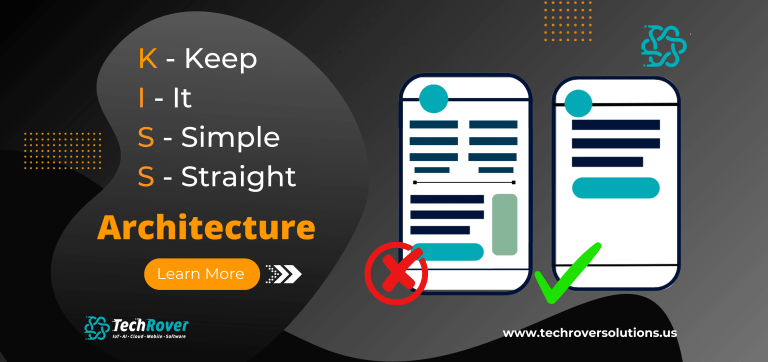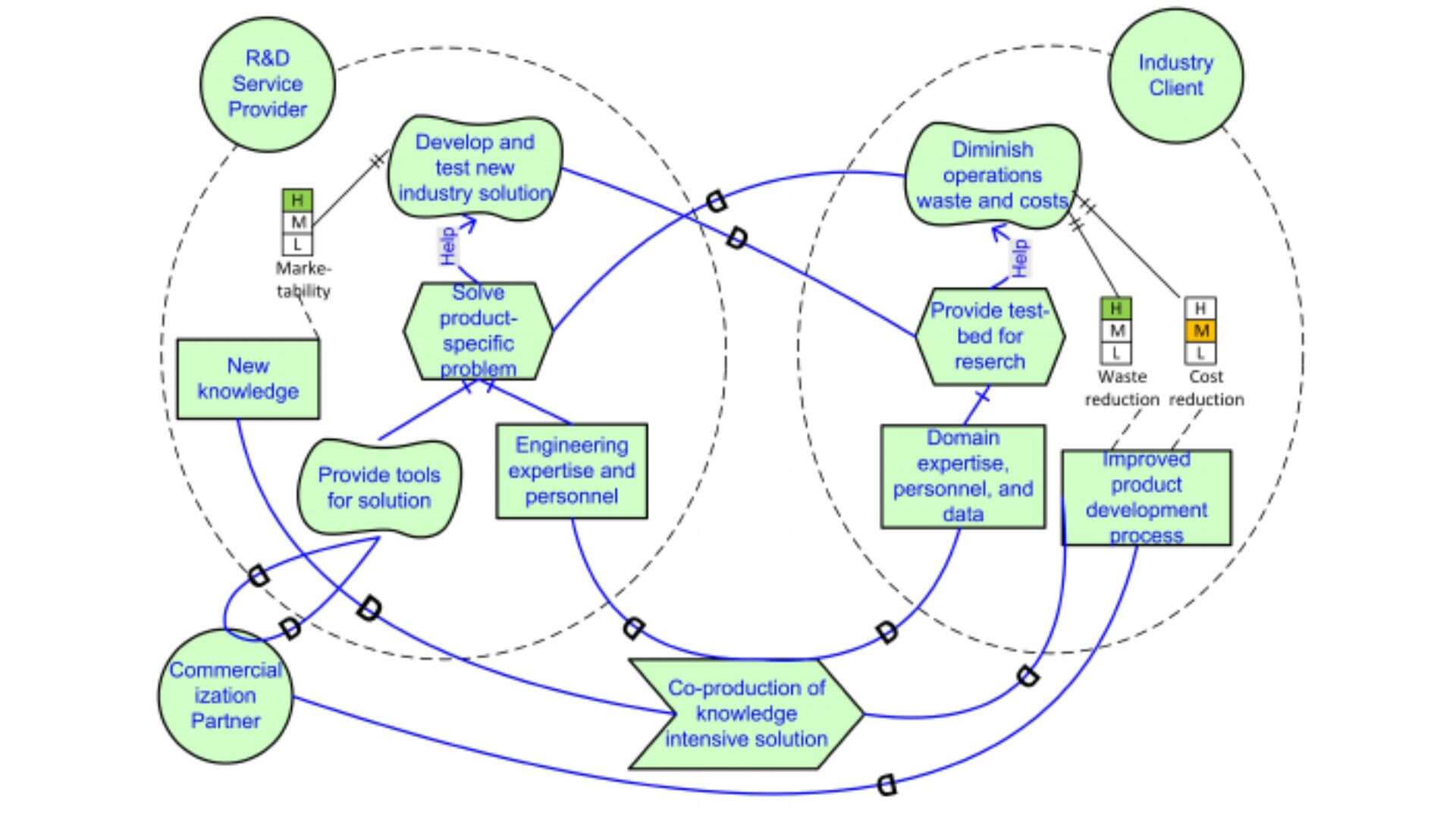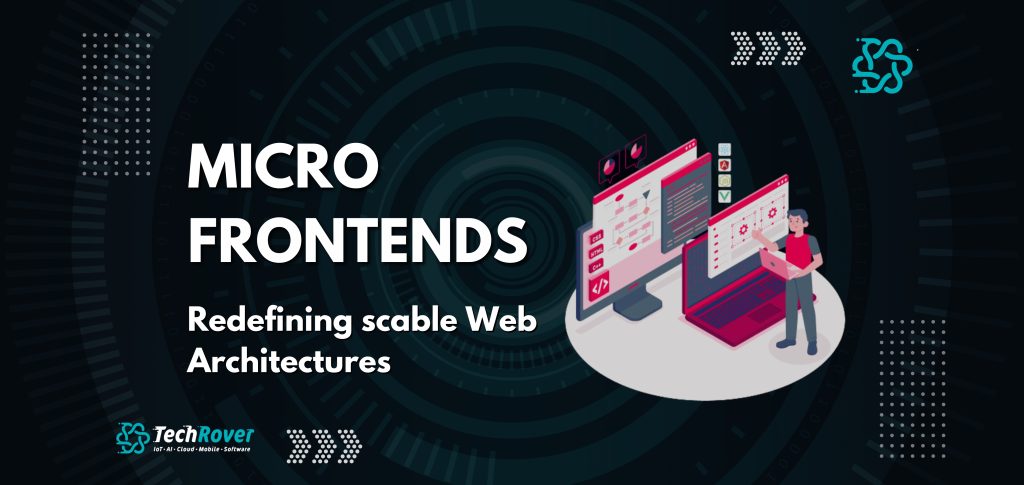KISS Your Solutions Architecture

The Relentless Pursuit of Simplicity: Why KISS Still Rules in Solution Architecture
In the whirlwind world of software development, where new frameworks and paradigms emerge faster than you can say “serverless function,” one principle remains stubbornly relevant: Keep It Simple, Straight (KISS). This isn’t some dusty relic from the 60s; it’s a fundamental truth about building systems that actually work.
Why Simplicity Isn't a Luxury, It's a Necessity
We’ve all seen it: the overly complex system, a tangled mess of dependencies that even its creators struggle to understand. It’s a recipe for disaster: slow onboarding, spiraling maintenance costs, and a codebase that crumbles under the slightest pressure. Simplicity, on the other hand, offers a lifeline:
- Crystal-Clear Vision: Simple systems are easier to grasp. Teams can quickly get on the same page, reducing costly miscommunication and wasted effort.
- Lean and Mean: Straightforward designs require fewer resources. This translates to lower development and maintenance costs, freeing up budget for innovation.
- Built to Scale: Minimal dependencies mean greater agility. As your needs evolve, a simple system can adapt and grow without collapsing under its own weight.
- Speed to Market: Cutting out unnecessary complexity accelerates the entire development lifecycle, getting your product into users’ hands faster.
KISS in Action: Practical Strategies
So, how do you actually apply KISS? It’s not about dumbing things down; it’s about making smart choices:
- Laser Focus : Start with a clear understanding of the core problem you’re solving. Avoid feature creep like the plague. Every line of code should serve a purpose.
- Standing on the Shoulders of Giants: Don’t reinvent the wheel. Leverage established design patterns and well-supported frameworks. They’ve been battle-tested and come with a wealth of documentation and community support.
- Familiar Territory: Shiny new tools can be tempting, but stick with what your team knows best (as long as it gets the job done). Familiarity breeds efficiency.
- Building for Today, with an Eye on Tomorrow: Don’t get bogged down in premature optimization. Build a solid foundation that can be extended and refined as needed. Modularity is key.
- Talk It Out, Write It Down: Clear communication and thorough documentation are essential. Ensure everyone understands the architecture and encourage feedback to catch potential complexities early.
A Real-World Example: E-Commerce, Simplified
Imagine building an e-commerce platform. A complex approach might involve diving headfirst into microservices. While powerful, this can be overkill for a minimum viable product (MVP). A KISS approach would start with a well-structured monolithic application, designed with modularity in mind. As the platform grows, individual components can be spun off into separate services. This reduces initial overhead and provides a clear path to scalability.

The Dangers of Ignoring KISS
- Overengineering: The urge to add unnecessary layers of abstraction or features you “might” need later.
- Tool Mania: Using a dozen tools when two or three would suffice.
- Communication Breakdown: When teams aren’t aligned, complexity creeps in.
We believe in proactive simplification:
At Techrover™ Solutions, we understand that complexity can creep in at any stage of a project. That’s why we incorporate a process we call a “Simplicity Audit” into our initial assessments. This allows us to identify potential areas of over-engineering early on, ensuring that the solutions we design are inherently streamlined and easier to manage, scale, and maintain.
Simplicity isn’t about taking shortcuts; it’s about maximizing impact. In a world of ever-increasing complexity, the KISS principle is more relevant than ever. It’s a guiding star that helps us build systems that not only solve problems but also stand the test of time. Remember: Solve the problem with the least amount of complexity possible. Keep it simple, and let your solutions shine.


